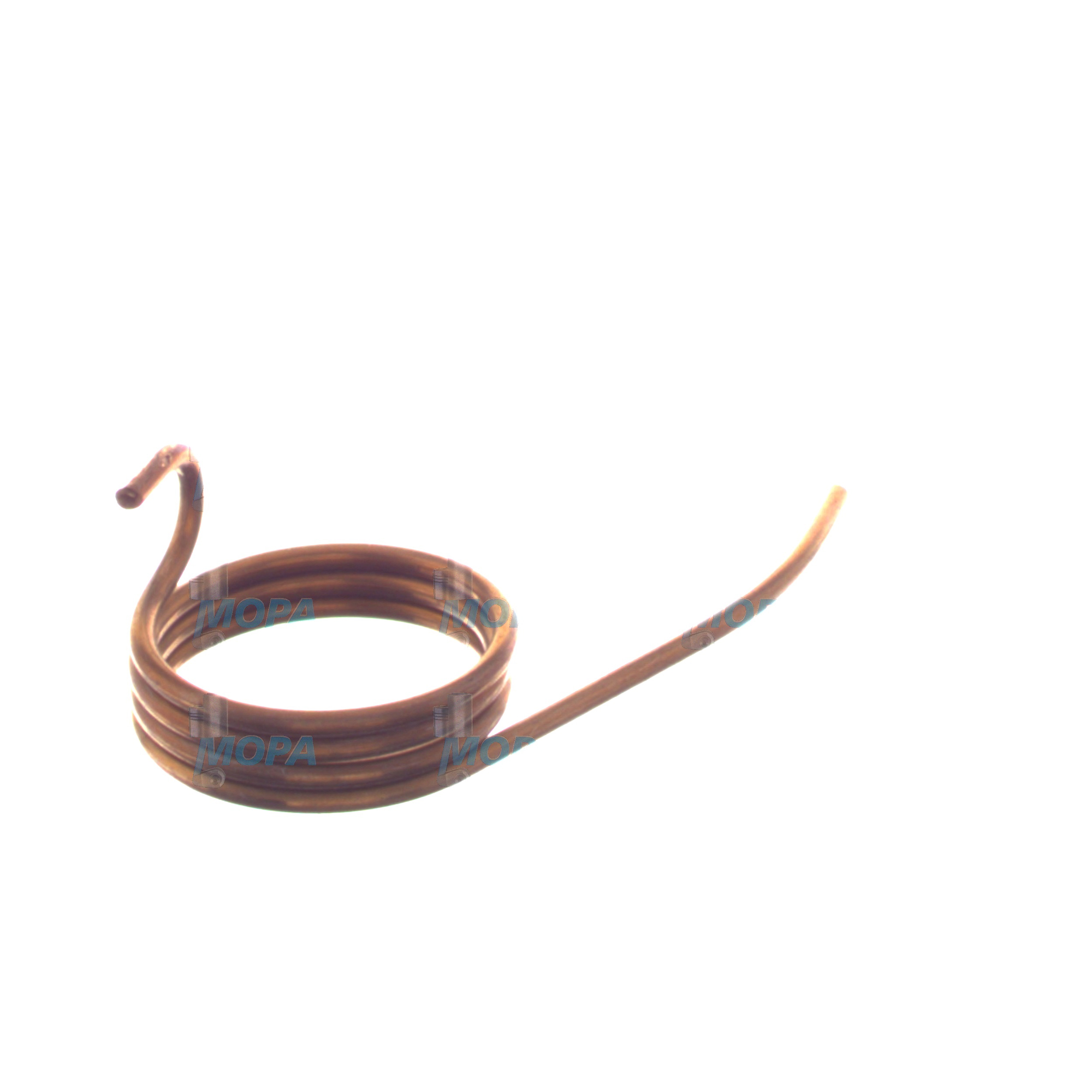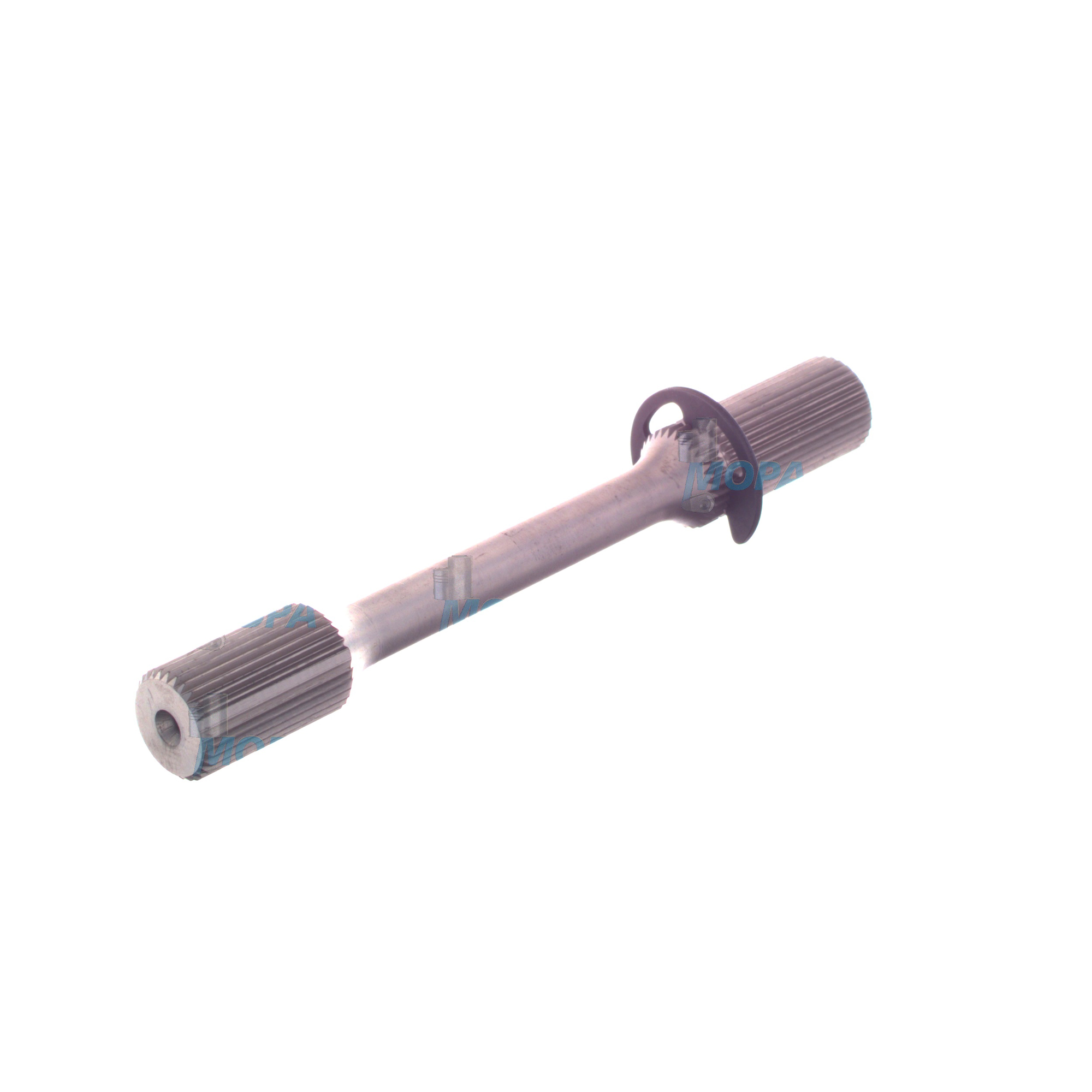TORSION BAR SPRING solutions and Springs for marine and diesel engines
Springs are precision-engineered elastic components that store and release mechanical energy to control movement, forces, and timing inside engines. In medium and large marine and diesel engines, springs appear throughout the powertrain and auxiliary systems: valve trains rely on compression springs, governors and linkages often use torsion designs, safety and relief valves depend on calibrated spring forces, and vibration control systems employ specifically tuned elements. As a result, high-quality springs are fundamental to engine performance, efficiency, and operational safety across vessels and power generation plants.
While the article category covers all Springs, the TORSION BAR SPRING is particularly relevant wherever rotary preload and angular resilience are needed. In contrast to compression or extension types, a torsion bar stores energy by twisting along its axis, delivering consistent restoring torque that stabilizes rotating shafts and control mechanisms. From fuel rack returns and throttle linkages to camshaft-related damping and governor assemblies, properly engineered springs help maintain precise settings, protect components from overload, and ensure repeatable operation under the harsh conditions common in marine engine rooms and industrial diesel applications.
Technical function of Springs and TORSION BAR SPRING in marine engine and diesel engine systems
Springs convert deformation into controlled force. Compression springs in valve trains maintain follower contact, prevent valve float at high RPM, and secure accurate timing. Extension springs manage belt tensioners and auxiliary actuation. A TORSION BAR SPRING, by contrast, applies a defined torque over a specified angular deflection, ideal for rotary linkages and mechanisms that must “return to set” without backlash.
In a marine engine, a TORSION BAR SPRING can stabilize governor levers and fuel control shafts, damping small oscillations that would otherwise cause speed hunting. In a diesel engine power pack, torsion springs within actuation linkages maintain preload, keeping response linear when loads change. In vibration-sensitive assemblies, a torsion element can also support torsional vibration management by providing a predictable counter-torque within designed limits. Specified spring rates (N·mm/deg), fatigue resistance, dimensional tolerances, and thermal stability ensure consistent performance over long service intervals.
To meet procurement and maintenance needs, TORSION BAR SPRING OEM parts are manufactured to exact drawings, heat-treated to achieve stable modulus properties, and surface-finished (e.g., shot peening, phosphating, or Zn-flake) to reduce crack initiation and corrosion. Proper preload, free angle, and end geometry (splined, slotted, or keyed) are critical to drop-in fit and predictable behavior in both diesel engine and marine engine assemblies.
- · High fatigue strength for long service under cyclic load
- · Tight rate tolerance for accurate torque across the working angle
- · Heat treatment and stress relief for dimensional and elastic stability
- · Corrosion protection suited to saline and humid engine-room environments
- · Precision end forms for secure seating and repeatable preload
- · Traceability and documentation to support maintenance records
- · Consistent performance over a broad temperature range
- · Optimized surface finish to delay crack initiation
Importance of Springs for engine operation and service life
Springs underpin reliability. If a valve spring weakens, valve control deteriorates, leading to valve float, impact wear on cams and followers, higher emissions, and potential piston-to-valve contact in extreme cases. If a TORSION BAR SPRING loses rate or suffers corrosion pitting, control linkages can drift from set points, causing governor hunting, unstable idle, uneven load sharing on multi-engine plants, or delayed shutdown actuation. In safety and relief valves, incorrect spring force compromises opening pressure, exposing equipment to overpressure risks.
Across the engine, deteriorated springs translate into higher vibration, noise, and fuel consumption, as well as faster wear on mating components. The cascading effects increase maintenance costs, shorten overhaul intervals, and, in marine applications, risk unplanned off-hire. Consistently maintaining correct spring characteristics is therefore essential for performance, efficiency, and safe operation over the entire engine lifecycle.
Advantages of OEM spare parts suitable for Springs and TORSION BAR SPRING
Choosing OEM spare parts suitable for Springs ensures that rate, preload, free length/angle, and material properties match the engine maker’s specification. This alignment preserves timing, response, and protective functions without the need for on-site re-engineering. Engineered metallurgy and controlled heat treatment deliver predictable modulus and fatigue life, while certified surface treatments mitigate corrosion in marine atmospheres.
With OEM spare parts suitable for a TORSION BAR SPRING, purchasers secure interchangeability and consistent torque-angle curves, minimizing commissioning time after replacements. The correct end geometry avoids unintended play, reducing wear in bores and levers. Documentation and traceability support class and ISM requirements, while the right fit from day one helps protect budgets by limiting downtime, preventing secondary damage, and extending service intervals. Over the lifecycle, adherence to the specified spring characteristics contributes to stable efficiency, cleaner combustion, and lower total cost of ownership.
MOPA as your partner for OEM spare parts Springs
MOPA supplies OEM spare parts Springs with a focus on speed, quality, and security in the trade of OEM parts for diesel and gas engines. Our team sources according to engine model, serial number, and drawing revision, ensuring the delivered spring matches required geometry, rate, and treatment. We emphasize fast quotations, short lead times, and robust export handling so your vessel or plant returns to service quickly.
Fast, secure supply with technical assurance
From valve springs to a TORSION BAR SPRING for governor and linkage assemblies, MOPA provides technically verified items, clear documentation, and safe packing suitable for maritime logistics. Our process reduces the risk of mismatches, supports planned maintenance windows, and enhances operational continuity for shipowners, fleet managers, and power plant operators.
Conclusion: Springs and TORSION BAR SPRING keep engines efficient and safe
Springs—especially the precisely tuned TORSION BAR SPRING used in rotary control systems—are vital to engine stability, performance, and protection. Selecting OEM spare parts suitable for Springs preserves designed characteristics, reduces downtime, and sustains efficiency across marine and diesel engine applications.









